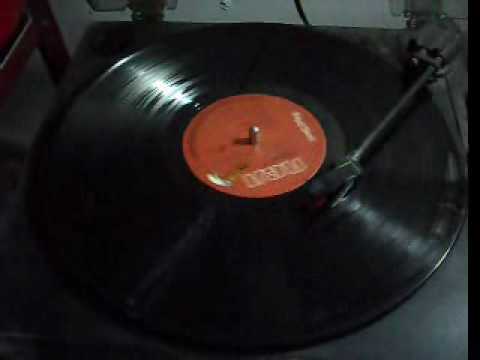- Do or don't you supplement light to keep your hens in production over winter? I use supplemental light, but not according to the normal protocol. I let my flock go w/o light until they stop laying. They take a 6 - 8 week or longer break. When I'm getting low on eggs, I give them a light, and ramp it up 1/2 - 1 hour/week to get them laying about 6 - 8 weeks sooner than they otherwise would. It's on a timer, on at 6:30 AM, ramping up to 8:30 PM. And, no, they've never been caught on the floor of the coop when lights go out. Always have been up on the perch. They just seem to know. This year, I gave them a solar night light (one of those 99 cent solar landscaping lights), placing the solar panel in close proximity to the 9 LED bulb, so that it gets charged daily. That is working good, and I'm hoping that the night light is not a distraction to their beauty sleep.
- Are there other ways to ensure your flock stays productive, for example by replenishing the layers with young hens yearly? I love to hatch chicks, so do so every spring. I usually sell my older layers, and have always had ready customers to take them. My laying flock is anywhere from 16W to 3 y.o. Choose breeds that are known for winter laying. Though they don't have a reputation for that, my best winter layer was an EE, who laid 3 eggs/week through her first winter.
- What do you do to prevent the eggs from freezing in the nest boxes, especially the folks that can't collect them in a timely manner. I work per-diem, short days, so frozen eggs are a rarity for me, even when we have weeks on end of below 0*F weather. It's helpful to have lots of hay in the nest boxes, line them with cardboard. Also, design is important, the "side car" style nest boxes are more prone to freezing. My flock almost always all lay in the same nest. So that helps as later entries keep the earlier eggs from freezing.
- Tips for keeping winter layers happy and healthy? My flock gets FF. Also get sprouts frequently through the winter. Have a "sun room". On decent days they are fed outside, and have scratch tossed in the DL to encourage them to get outside. Lots of ventilation in the coop. Hay bale mountain in the coop, lots of natural lighting, plenty of room.




